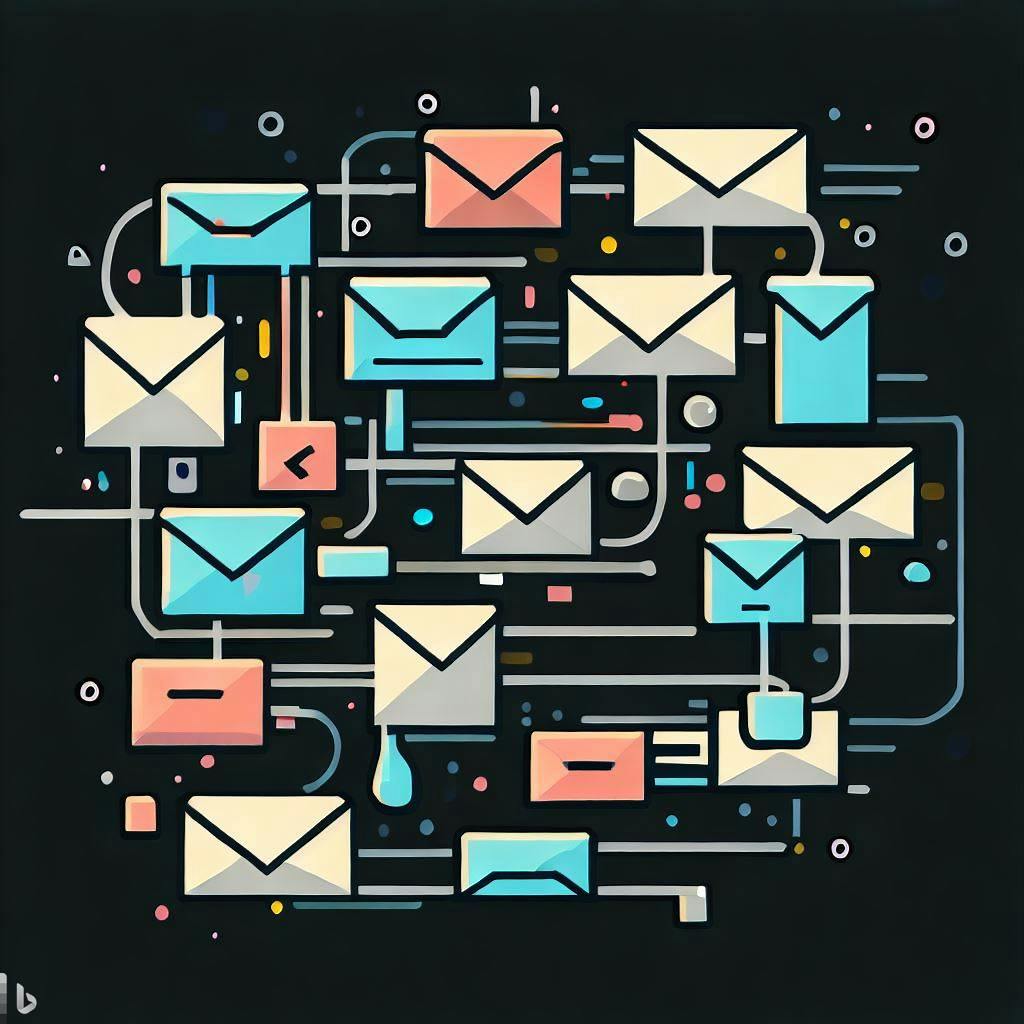Email Syntax Checker (RFC 5322 checker)
Are you not sure if the email you have uses a valid syntax? Use our realtime email syntax checker to see if the email syntax is valid. Our tool validates the syntax against the official RFC 5322 Standard.
How to use the syntax checker:
Just type in or paste the email into the input field below and see the result instantly.Similar tools:
Have you ever sent an email and received a bounce back message saying that your email address was invalid? Or have you ever tried to sign up for a service or a newsletter and got an error message saying that your email syntax was incorrect? If so, you’re not alone. Email syntax errors are very common and can cause a lot of frustration and confusion.
Email syntax is the set of rules that define how an email address should be formatted and structured. It includes the mailbox name, the @ sign, and the domain name. For example, john.doe@example.com is a valid email address because it follows the email syntax rules. However, john.doe@example…com is not valid because it has two dots in the domain name.
Email syntax errors can happen for various reasons, such as typos, missing characters, extra spaces, or invalid characters. These errors can prevent your emails from reaching their intended recipients, or make you miss out on important information or opportunities. That’s why it’s essential to check your email syntax before sending or entering your email address.
But how can you check your email syntax quickly and easily? That’s where our Email Syntax Checker comes in handy. Our tool is a free and simple way to verify and correct your email syntax in seconds. It follows the RFC 5322 standard, which is the official specification for Internet Message Format. It checks every part of your email address and tells you if it’s valid or not. It also suggests how to fix any errors it finds.

We’re checking email syntax according to RFC 5322 standard
RFC 5322 is a standard that defines the format of email messages. This includes the syntax of email addresses, the structure of the headers, and the types of content that can be included in the body of an email message. So whether you use Gmail in your web browser, or maybe you use a desktop application like thunderbird, you can receive and send emails to anybody and all email clients should display the email the same.
The standard was published by the IETF (which stands for Internet Engineering Task Force). It is a group responsible for the development of many of the protocols that are used on the internet today. The goal of the standard is to provide a consistent and interoperable format for email messages so that they can be exchanged between different email systems and clients all over the world.
What are some rules set by RFC 5322?
For example, it defines the syntax of email addresses, which includes the local part (the part of the address that appears before the @ symbol) and the domain name (the part after @). It also defines the structure of the message headers, which are used to convey information about the sender, recipient, subject, and other metadata about the message.
Additionally, the standard defines the various types of content that can be included in the body of an email message, such as text, images, and other multimedia content. It also defines the rules for how this content can be encoded and formatted so that email clients can properly display it.
What is RFC 5322 in email?
RFC 5322 is a standard that defines the format of internet messages, such as email messages. It specifies the structure and content of email messages, including the headers, body, and attachments.
What is RFC 5322 message format?
RFC 5322 message format is the syntax for text messages that are sent between computer users, within the framework of “electronic mail” messages. It consists of two parts: a header and a body. The header contains information such as the sender, recipient, subject, date, and other optional fields. The body contains the actual message content, which can be plain text or formatted with HTML or other markup languages. The header and the body are separated by a blank line.
What is the difference between RFC 5322 and RFC 5321?
RFC 5322 and RFC 5321 are both standards that relate to email messages, but they have different scopes and purposes. RFC 5322 defines the format of internet messages, such as email messages, while RFC 5321 defines the protocol for transmitting those messages over the internet. RFC 5322 focuses on the syntax and semantics of email messages, while RFC 5321 focuses on the procedures and rules for sending and receiving those messages.
What is the limitation of RFC 5322?
One limitation of RFC 5322 is that it does not specify how to handle non-ASCII characters in email addresses or message content. Non-ASCII characters are characters that are not part of the basic Latin alphabet, such as accented letters, symbols, or scripts from other languages. To address this limitation, RFC 6531 and RFC 6532 provide extensions to RFC 5322 and RFC 5321 that allow non-ASCII characters in email addresses and message content using UTF-8 encoding.
Comments
My Gmail is disabled
Add comment
